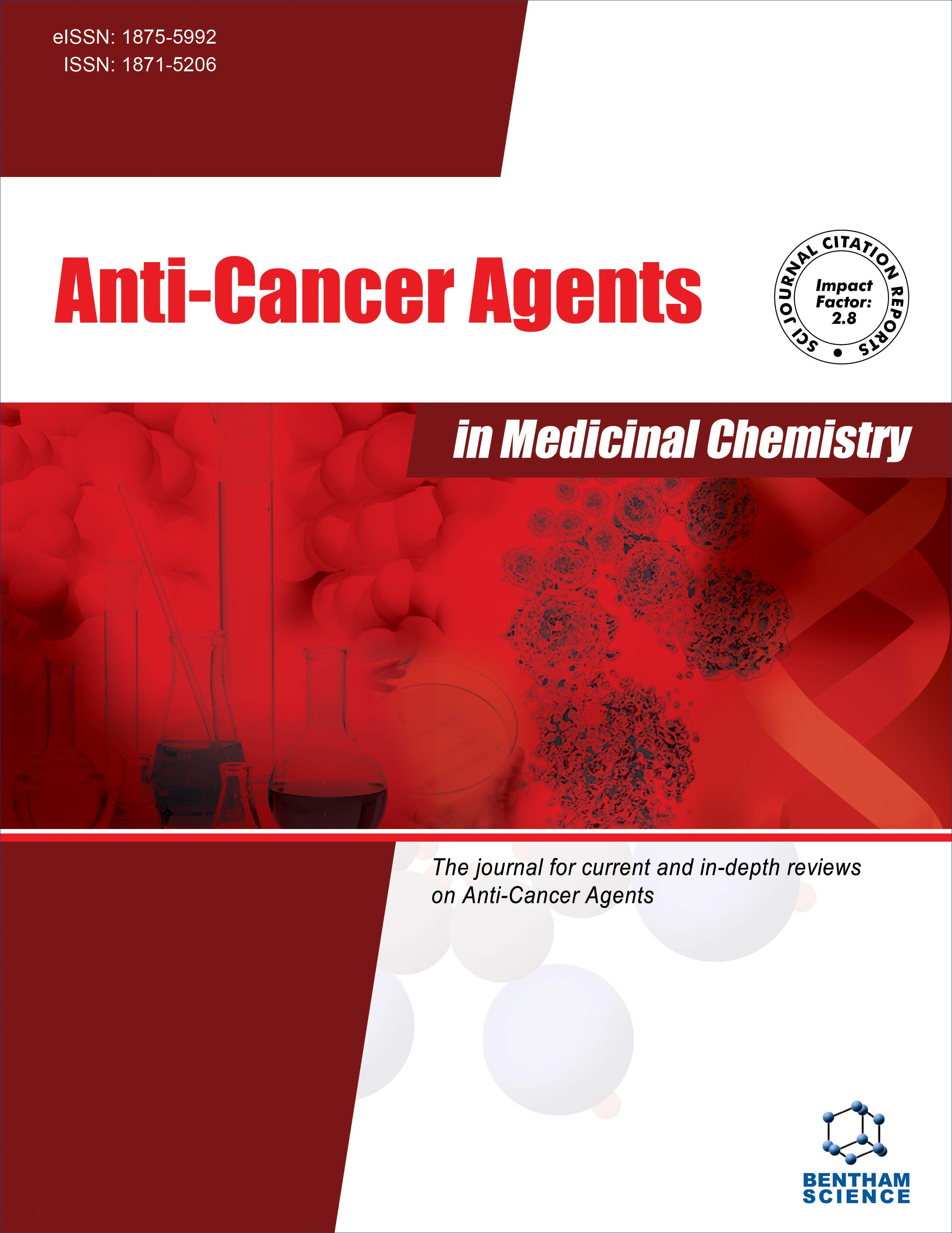
Full text loading...
Natural products, such as propolis, are an important source of biologically active compounds with the potential to treat health disorders. Propolis is a well-known waxy resin recognized for its antimicrobial, immunomodulatory, and cytotoxic effects.
In this study, we aimed to clarify the formation mechanism of propolis nanoparticles from the perspective of their stability and chemical composition. By evaluating the light absorption behaviour of the nanoparticles formed in different media and quantifying the polyphenols, we show that they are superficially hydrophobic nanoparticles with the capacity to encapsulate some polar compounds.
Biological activity was evaluated by in vitro cell viability performed on NIH/3T3 fibroblasts incubated with 10, 100, and 1000 μg/mL of propolis nanoparticles for 48 hours.
The results show that nanoparticles are cytocompatible, with a proliferation effect. In contrast, the results of the viability of metastatic murine B16F10 cells indicate that a dose with a concentration of 5 µg/mL in the cell culture media is sufficient to stop the abnormal cell growth, having an antitumor effect. This effect might be related to the flavonoids present in the propolis nanoparticles. In vivo dermal irritability tests on New Zealand rabbits show that propolis nanoparticles' aqueous dissolution was non-irritant.
According to the results obtained from this study, reducing the size of raw propolis down to nanoparticles and dispersing them in water solvents enhance its positive effects. The superficially hydrophobic propolis nanoparticles encapsulate active compounds such as polyphenols and flavonoids, which also confirms their ability to generate selective effects on the cells, depending on their nature.

Article metrics loading...

Full text loading...
References


Data & Media loading...

